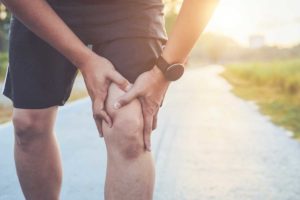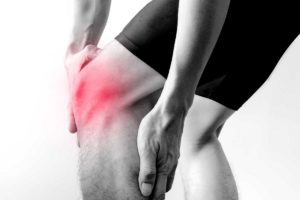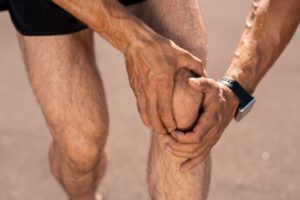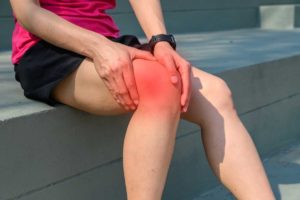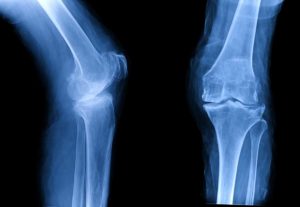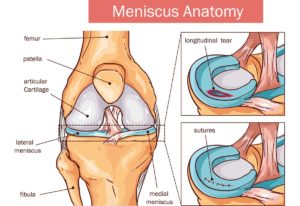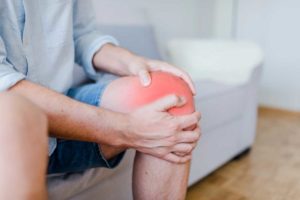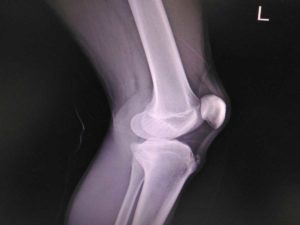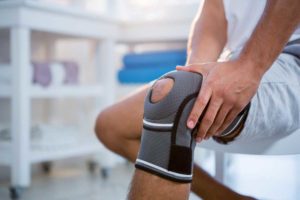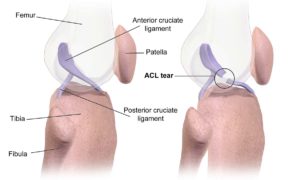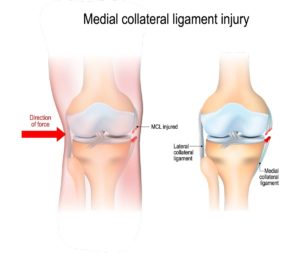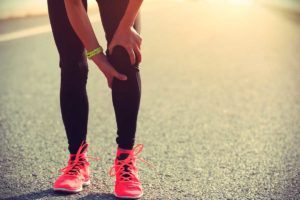
Quadriceps and Patella Tendinopathy
Typical Symptoms
Quadriceps (QT) and Patella (PT) tendinopathy both lead to pain at the front of the knee with the former causing pain above and the latter causing pain below the knee, typically when it is being loaded eccentrically (as it is being lengthened), such as when descending the stairs or landing after jumping. There can be localised tenderness over the tendon together with swelling and stiffness, particularly in the morning.
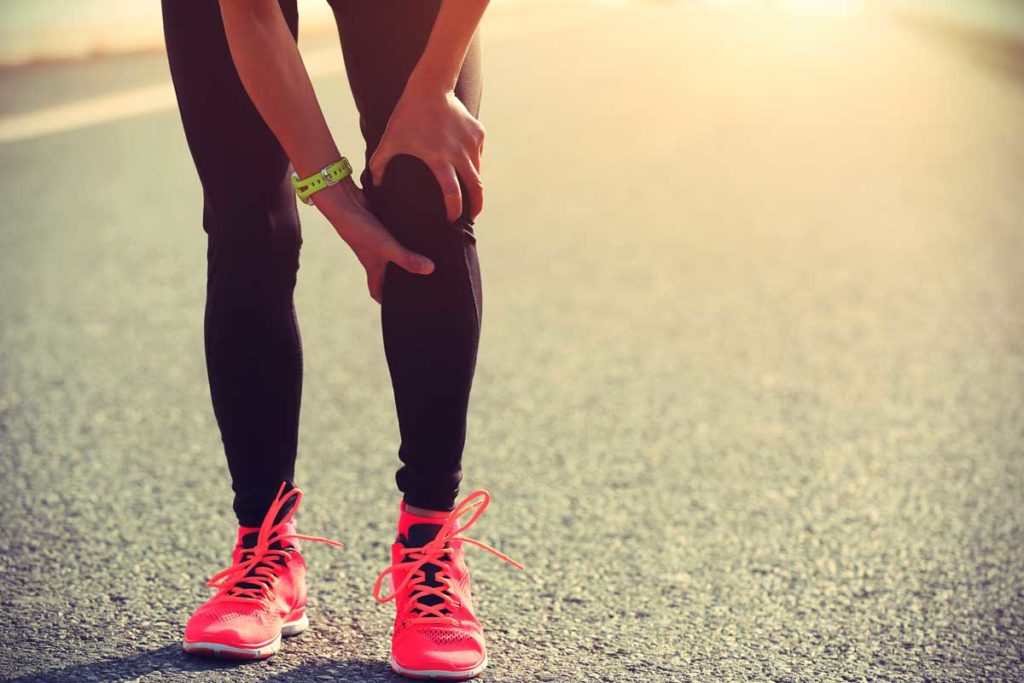
What causes it?
The symptoms usually occur after an unexpected load on the tendon, either from a point of inactivity or a sudden increase for an active individual.
Tendon pain can be acute, in response to the load, or over time, it can be lead to chronic pain and degeneration with tearing of the tendon. In addition, tightness in the hip flexors or the quadriceps can also contribute to the pain symptoms.
How can I help myself?
It is useful to think back to when the symptoms began and what activities / factors continue to exacerbate it. Offloading from training is important but complete rest is usually unnecessary and finding non weight bearing forms of activity can help.
Working with a coach can help with technique or movement tightness in muscles can be improved with stretching and perhaps seeing a sports therapist.
If there is swelling, simple PRICE measures can help reduce this and oral pain-killers such as those with a muscle relaxant element or anti-inflammatories, may help.
When to seek help?
If your symptoms are ongoing despite offloading and trying to correct these areas, or if you symptoms are worsening and there is stiffness, chronic pain and it is impacting your function, you should consider being assessed as soon as possible.
What are the treatment options?
Your clinician will assess you with a thorough history and examination after which they may organise an X-ray to look for calcification (hardening) of the tendons or perform an ultrasound scan to look for thickening, swelling and tearing within the substance of the tendons.
In addition to managing your load, working with a physiotherapist to rehabilitate the knee is recommended and a gait analysis, with a podiatrist, may help identify if your running pattern is a contributing factor.
In some situations, shockwave therapy may be helpful for pain symptoms and most cases will settle with these measures. If symptoms are not settling, further imaging with an MRI scan may be needed to look for tearing and if identified, a PRP or tendon stripping injection can be considered. Sometimes a surgical consultation may be requested but intervention is not usually required.
